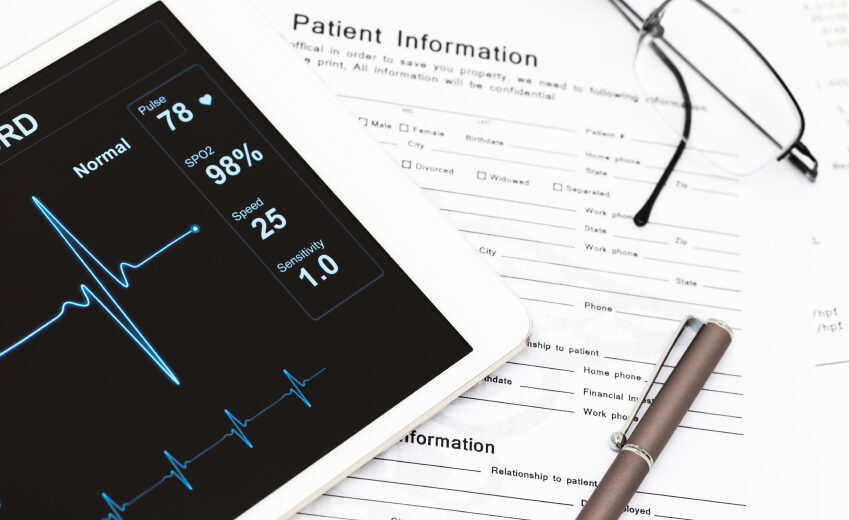Helping an Older Adult Organize Medical Information

Medical billing documents are some of the most important records to keep organized. For seniors and their adult children, the sheer volume of paperwork can be overwhelming. From medication lists to a variety of medicare insurance and documents after each physician visit, staying organized requires patience and persistence. If the clinic you visited employs a Virtual Medical Scribe professional, you may get a more detailed medical record.
Keeping your medical file up-to-date is crucial, especially as you grow older. Because seniors often see a variety of doctors, it is more difficult to coordinate care among them.
Having copies of recent medication changes or additions is the key to preventing potentially dangerous drug interactions. As is having a complete medical history documented. And, in the event of an emergency, having easy access to all this information can mean the senior gets treated quicker.
6 Steps to Organizing an Older Adult’s Health File
These six steps will help you create a health file:
- Organize all information. Begin by tracking down all important medical papers. Gather everything together in one spot, such as the dining room table. Then group the documents together by topic to make it easier to stay organized. Topic examples might include:
- Physician notes from office visits
- Records from hospital stays
- Lab and testing results
- Copies of all of the inserts that come with each prescription
- Medicare/Medicaid identification cards and numbers
- Medical insurance policy information
- Insurance policies (life, disability, long-term care)
- Legal documents (living will, power of attorney, advance directive, health care proxy) – You might be needing law contract document translation services that offers a legal translator perfectly-suited to your legal matters, from contracts for organizations, to contract law, to family law.
- Copies of all bills and co-pay receipts
- Create a medical history. If you don’t already have it, you will also need to create a comprehensive medical history. This should document all health conditions and surgeries, allergies and family history. You will also need a list of all medications (including over-the-counter medicines) noting the dose and times each are taken.
- Assemble the planner. A large, 3-ring binder with dividers and pockets may be the easiest way to organize and store all of this important information. Create sections for each of the different document types. Once you have your planner put together, you might want to consider using a caregiving app to give family members a quick and easy way to access the information from wherever they are.
- Review the planner. Once you have your master file put together, take time to carefully work your way through the planner. Look for outdated or missing information.
- Store smartly. Seniors are often the target for identity theft. Decrease your risk for becoming a victim by safely storing your medical file. A cabinet or file you can lock is best. Encourage family members to use the same discretion with any copies of your health information they might have.
- Prompt updates. Our final tip is an important one. When you are checking out from each physician visit, be sure to ask for summary notes. Add those to your health file. If a prescription is added or changed, be sure to promptly update your prescription list. Staying on top of this information as it changes is the best way to keep your file organized.
To learn more about Era Living and how we help older adults in the Seattle area live healthy, safe and vibrant lives, we invite you to join us for lunch! Please call the community nearest you for more information.
Related Posts

Podcast: Era Living’s In-House Director of Capital Projects

Podcast: A Day in the Life at Era Living: Resident Jeanne Luchtel

